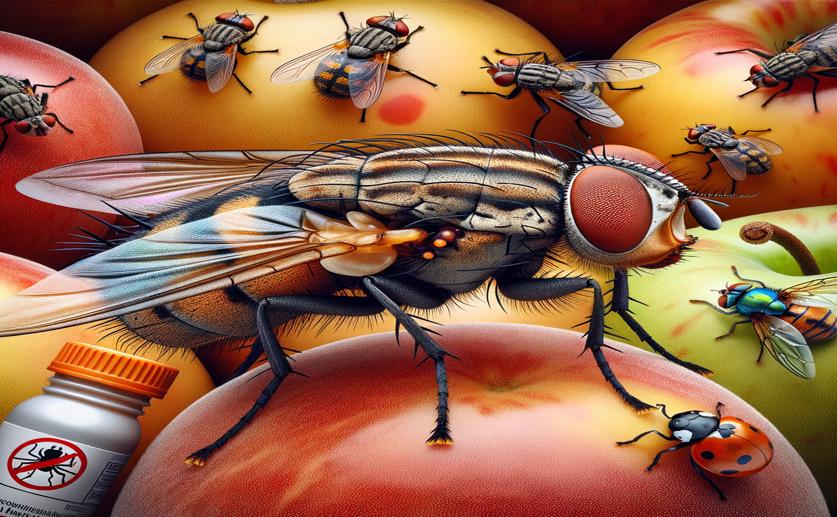
Unexpected Impacts of Insecticides on Biological Control Agents for Fruit Flies
Greg Howard
28th May, 2024

Image Source: Natural Science News, 2024
Key Findings
- The University of Catania study tested the compatibility of insecticides with the biological control agent Ganaspis cf. brasiliensis for managing Drosophila suzukii
- Some insecticides, like abamectin, were found to be highly toxic to G. cf. brasiliensis, reducing its effectiveness as a biological control agent
- Other insecticides had minimal impact on G. cf. brasiliensis, suggesting they could be used in integrated pest management programs without harming the biological control agent
AgricultureBiotechAnimal Science
References
Main Study
1) Non-target effects of neurotoxic insecticides on Ganaspis cf. brasiliensis, a classical biological control agent of the spotted wing Drosophila
Published 27th May, 2024
https://doi.org/10.1186/s43170-024-00251-0
Related Studies
2) Using organic-certified rather than synthetic pesticides may not be safer for biological control agents: selectivity and side effects of 14 pesticides on the predator Orius laevigatus.
3) Do biopesticides affect the demographic traits of a parasitoid wasp and its biocontrol services through sublethal effects?
4) Is Integrated Management of Gymnandrosoma aurantianum Possible with Trichogramma atopovirilia and Novel Products Used in Citrus Orchards in Brazil?



 21st February, 2024 | Jim Crocker
21st February, 2024 | Jim Crocker